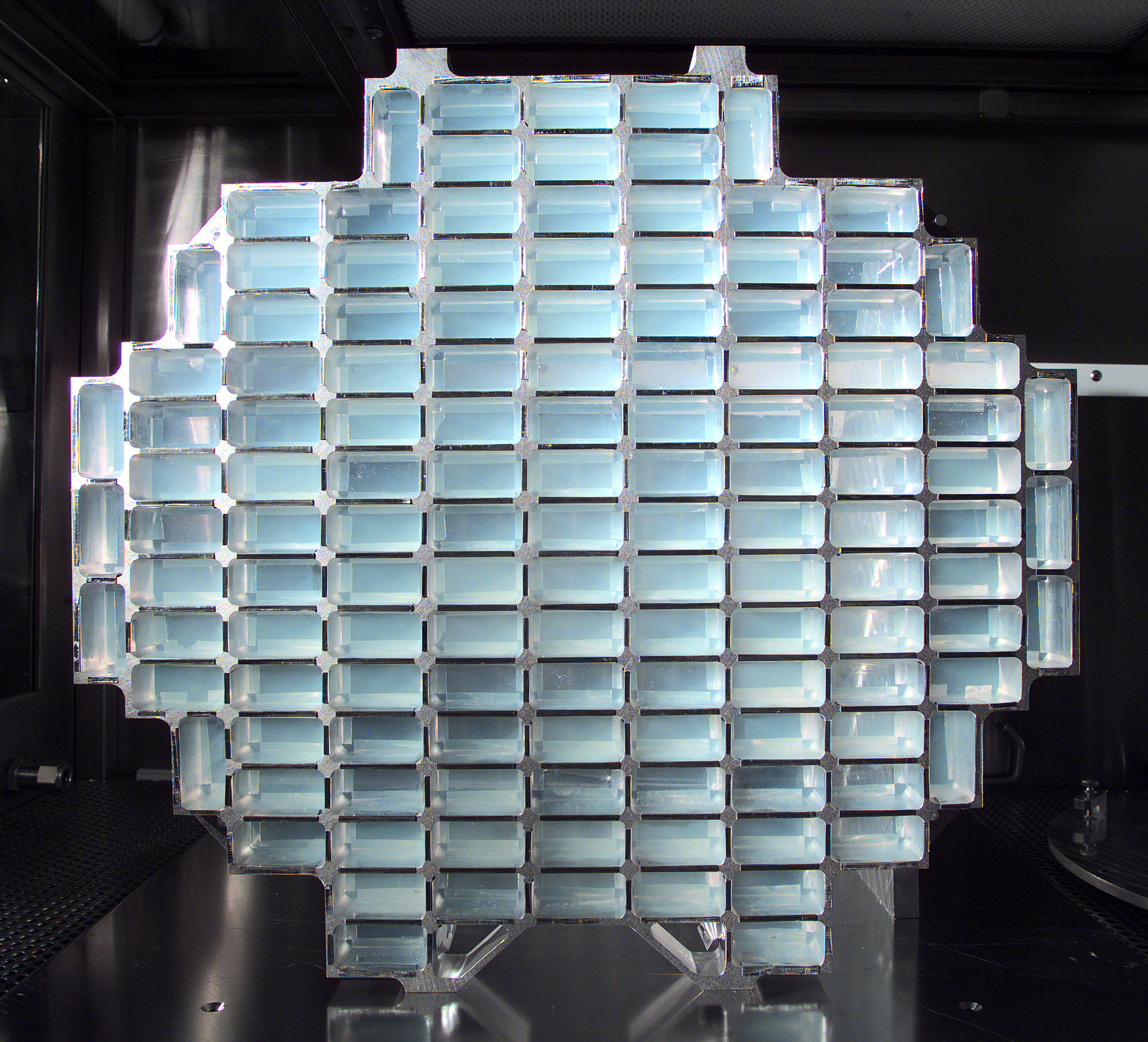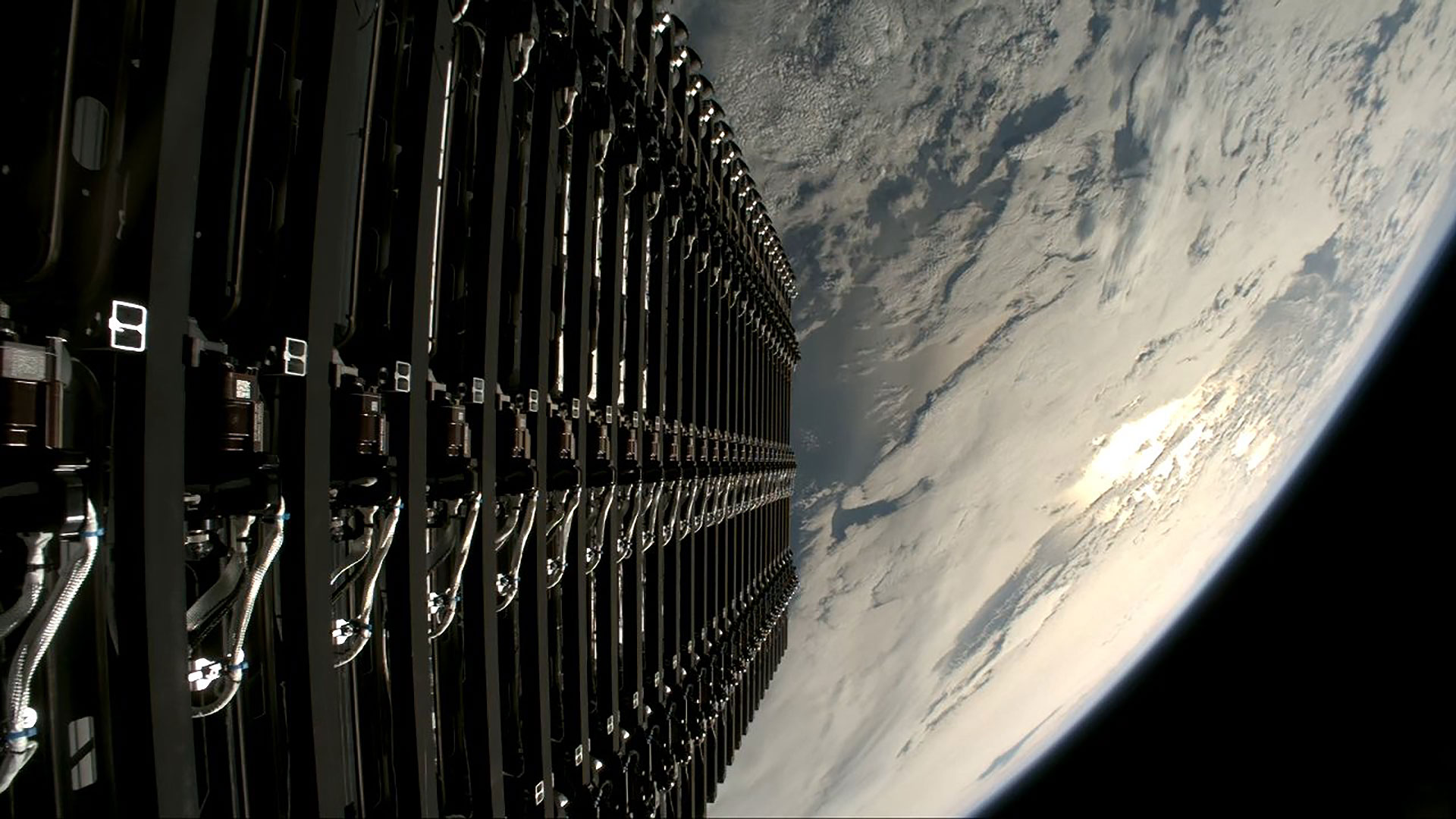
Incredible Technology: Private Mars Mission Could Return Samples by 2020

BOSTON — A private mission could return Martian samples to Earth by 2020 without even touching down on the Red Planet.
The BoldlyGo Institute, a Colorado-based nonprofit, is working to develop the Sample Collection to Investigate Mars (SCIM) mission, which would send a spacecraft skimming through the atmosphere of Mars to gather dust and return home, without the difficulty of landing. SCIM could launch as soon as 2018, possibly returning samples to Earth in July 2020.
"It sounds very daring, but it's really very doable," Laurie Leshing, a member of the BoldlyGo board of directors, said during a presentation June 3 at the 224th American Astronomical Meeting in Boston. "This is something we can do today." [Video: Mission Will Not Land On Red Planet]
A dusty 'catcher's mitt'
Scheduled to interact with the planet during the dustiest season of the year, the spacecraft would dip down to between 22 and 25 miles (35 and 40 kilometers) inside the Martian atmosphere. It would carry cells filled with aerogel that would act "as a catcher's mitt," Leshing said, as it hurtled through the Martian sky.
The gel would scoop up thousands of tiny particles, heat-sterilizing them before bringing them inside the capsule, where they could travel safely to Earth. Several different designs for the "catcher's mitt" are still under consideration.
The sterilization process would ensure the material could be safely returned to Earth without contamination concerns, while still preserving scientific objectives, Leshing told Space.com. The mission would follow the guidelines for international planetary protection protocols established by the Committee on Space Research.
Breaking space news, the latest updates on rocket launches, skywatching events and more!
Although the atmosphere doesn't seem like the ideal place to learn about the surface of Mars, dust storms on the Red Planet stir up material affected by weathering, precipitation and volcanism.
"Think of it as a microscopic average rock collection from Mars," Leshing said.
Back on Earth, scientists could process these Martian materials to an extent that just can't be accomplished on Mars, allowing many researchers around the world to perform a variety of tests. Indeed, most scientists regard sample-return as the best way to look for signs of life on Mars. [The Search for Life on Mars (A Photo Timeline)]
"On Earth, we can literally slice up a sample in dozens of pieces," Leshing said.
Because the SCIM craft wouldn't have to land, it wouldn't have the blunted appearance of missions like NASA's Curiosity rover, which touched down in August 2012. The bullet-shaped SCIM body wouldn't need to slow down, because it would pass through the atmosphere without stopping.
After passing through the Martian atmosphere, SCIM would emerge on the far side of the planet. It would engage in a slight orbital correction maneuver, using its 22-Newton thruster, and return to Earth, where the sample would be dropped into the desert.
"Then the science really begins," Leshing said.
She stressed that SCIM wouldn't take the place of a full-scale Mars sample-return mission. But it could be done in less time, for less cost, at less risk.
Lean and mean
If you think the mission sounds familiar, you would be correct on two fronts. The basic concept was used by NASA's Stardust mission, which captured samples from the heart of the comet Wild 2 and returned them to Earth in 2006.
SCIM's aerogel comes from the Stardust concept, and the sample-return capsule is modeled on the comet-chasing craft as well.
The SCIM mission has also passed through the NASA review process. In 2002, SCIM was one of the four finalists for NASA's Mars Scout program, which ultimately selected the Phoenix lander.
"We were a very well-thought-of finalist," Leshing said.
As a result, the mission is well developed, having spent over a decade being refined, and having passed NASA's stringent qualifications.
At the same time, the mission would avoid some of the problems that raise governmental costs. Part of the streamlining procedure involves building smarter. For example, systems that have already been well developed can have their testing scaled down, allowing greater focus on the areas at higher risk.
Leshing calls this the "lean and mean" approach.
Private industry science
BoldlyGo was created to delve into scientific frontiers that the government just can't reach.
"We are replete with outstanding ideas for missions that don't fly because we're resource-limited," CEO Jon Morse said.
The company hopes to join the recent rush of private organizations into space, with a focus on exploring the scientific regions that for-profit companies tend to miss.
"We're about science," Morse said. "That's what motivates us."
Morse, who has more than a decade of experience in space exploration, including a position as director of astrophysics in NASA's Science Mission Directorate, discussed his plans to do amazing space science missions at lower cost and at a faster pace than government oversight allows.
That includes taking advantage not only of private funding, crowdsourcing, and encouraging scientists to contribute, but also other outside-the-box ideas.
"There's no reason that SCIM couldn't look like a NASCAR" vehicle, he said with a smile.
Learn more about BoldlyGo at their website, http://boldlygo.org/
Follow us @Spacedotcom, Facebook or Google+. Originally published on Space.com.

Nola Taylor Tillman is a contributing writer for Space.com. She loves all things space and astronomy-related, and always wants to learn more. She has a Bachelor's degree in English and Astrophysics from Agnes Scott College and served as an intern at Sky & Telescope magazine. She loves to speak to groups on astronomy-related subjects. She lives with her husband in Atlanta, Georgia. Follow her on Bluesky at @astrowriter.social.bluesky


